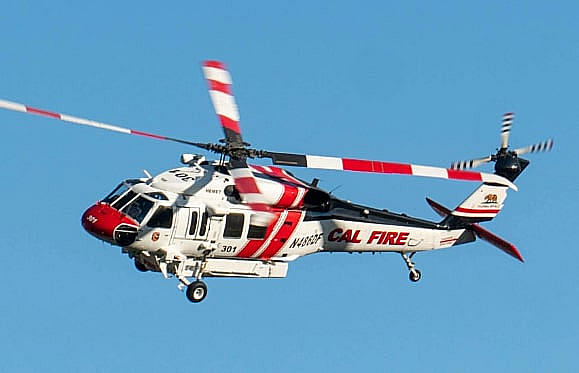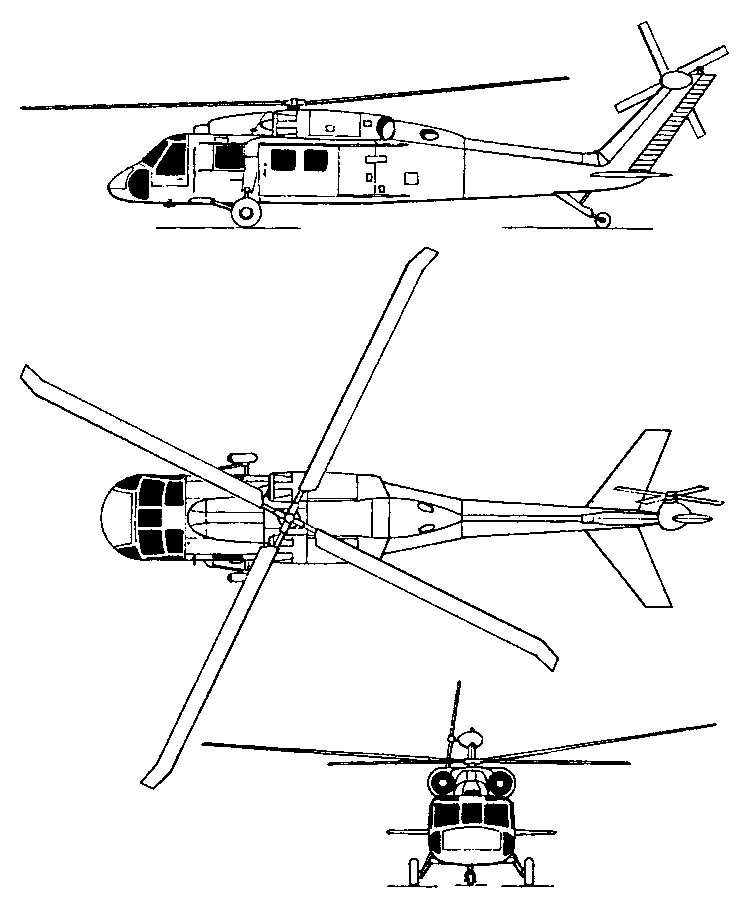Sikorsky S 70: Enhancing Helicopter Efficiency and Adaptability
Sikorsky S 70: Enhancing Helicopter Efficiency and Adaptability
Blog Article
High-Performance Multi-Role Rotorcraft Featuring Advanced Cabin Technologies and Integrated Sensing Unit Systems
The world of rotorcraft technology has seen notable innovations in recent times, specifically in the realm of high-performance multi-role rotorcraft outfitted with sophisticated cockpit modern technologies and effortlessly integrated sensing unit systems. These advancements have not only augmented the functional capabilities of rotorcraft however have actually additionally substantially affected modern-day aviation operations on various fronts. From improved mission flexibility to boosted functional effectiveness, the merging of sophisticated cabin modern technologies and integrated sensing unit systems has introduced a new era of opportunities for rotorcraft applications. In the following conversation, we will certainly discover the development of rotorcraft modern technology, delve into the world of advanced cockpit advancements, and analyze the effects of integrated sensing unit systems on the operational flexibility and performance of modern rotorcraft.
Evolution of Rotorcraft Technology
The advancement of rotorcraft innovation has actually been noted by significant improvements in the rules of aerodynamics, products, and propulsion systems, forming the capabilities and performance of modern rotorcraft. Aerodynamic improvements have improved the efficiency and maneuverability of rotorcraft, enabling raised speed, agility, and stability throughout trip (sikorsky s 70). Advancements in products, such as making use of composite products and advanced alloys, have actually caused lighter yet stronger rotorcraft structures, boosting overall efficiency and durability. Furthermore, innovations in propulsion systems, including extra effective engines and cutting-edge propulsion technologies, have made it possible for rotorcraft to accomplish higher altitudes, faster rates, and better hauls.
These innovations have not only transformed the capacities of rotorcraft yet have actually likewise expanded their applications throughout numerous sectors, including armed forces, industrial, and emergency solutions. The constant development of rotorcraft innovation proceeds to drive advancement in the field, pushing the borders of what is possible and forming the future of upright trip.
Advanced Cabin Innovations
Structure upon the fundamental developments in the rules of aerodynamics, products, and propulsion systems, the realm of rotorcraft technology now changes focus in the direction of pioneering Advanced Cabin Innovations. The integration of sophisticated modern technologies within the cabin atmosphere plays an essential function in improving the functional capacities, safety, and efficiency of contemporary rotorcraft. sikorsky s 70. Advanced Cabin Innovations incorporate a large array of features designed to supply pilots with boosted situational recognition, streamlined information management, and instinctive control user interfaces
One of the vital developments in cabin style is the execution of glass cockpits, which change conventional analog determines with high-resolution displays. These electronic systems offer customizable layouts, real-time information integration, and improved readability, allowing pilots to gain access to important info at a glimpse. Progressed avionics systems, such as fly-by-wire controls and enhanced fact display screens, are revolutionizing exactly how pilots interact with the airplane, enabling for specific control and improved decision-making abilities.


Including advanced cockpit advancements not only enhances pilot performance but also adds to overall mission efficiency and security in complex operational environments. By leveraging modern technologies within the cabin, rotorcraft makers are establishing brand-new requirements for operational excellence and objective success.
Integrated Sensor Systems
With the evolution of rotorcraft innovation, the assimilation of sophisticated Integrated Sensor Solution has come to be critical in enhancing functional efficiency and safety and security. These Integrated Sensor Solutions encompass a wide variety of modern technologies that offer essential information for different features such as navigation, surveillance, targeting, and environmental monitoring. By effortlessly incorporating sensors like radars, cams, lidar, and infrared systems right into rotorcraft, operators can benefit from enhanced situational recognition, enhanced objective capabilities, and decreased pilot work.
One secret benefit of Integrated Sensing unit Solutions is their capability to gather real-time data and offer actionable understandings to pilots and objective operators. Progressed radar systems can spot and track targets over long distances, permitting for early risk detection and effective action preparation. Furthermore, incorporating infrared and electro-optical cams enables rotorcraft to perform reconnaissance and surveillance missions with accuracy and precision.
Fundamentally, the assimilation of cutting-edge sensing unit innovations into rotorcraft not just improves operational efficiency but likewise contributes substantially to overall goal success and staff safety and security. As rotorcraft remain to advance, the role of Integrated Sensor Equipment will certainly continue to be at the leading edge of innovation in the aerospace market.
Functional Adaptability and Efficiency
Enhancing functional flexibility and effectiveness in rotorcraft is a natural progression from the assimilation of innovative Integrated Sensor Solutions. By leveraging the data and insights offered by these advanced sensor systems, rotorcraft can optimize their performance throughout numerous missions and environments.
Operational adaptability encompasses the capability of rotorcraft to adjust to different roles and scenarios effectively. With sophisticated cabin modern technologies and incorporated sensing unit systems, rotorcraft can perfectly shift in between tasks such as search and rescue, medical evacuation, surveillance, and much more. see this This adaptability boosts the rotorcraft's ability to meet varied functional requirements without needing comprehensive reconfiguration.
Efficiency in rotorcraft operations is vital for optimizing objective effectiveness and source usage. Integrated sensing unit systems play a crucial role in enhancing operational performance by providing real-time data on weather, surface mapping, target monitoring, and extra. This information makes it possible for pilots to make enlightened choices promptly, enhance trip courses, preserve gas, and enhance total mission efficiency.
Influence On Modern Aviation Operations

Furthermore, the assimilation of sophisticated sensing units facilitates enhanced goal preparation and execution, enabling rotorcraft to carry out a vast array of jobs with boosted precision. From search and rescue operations to aerial firefighting and regulation enforcement objectives, the abilities of modern rotorcraft outfitted with innovative cabin technologies and integrated sensing unit systems are unmatched.
Furthermore, the impact of these improvements extends past functional efficiency to cost-effectiveness and sustainability. By maximizing trip routes, gas intake, and maintenance routines, high-performance rotorcraft equipped with advanced cabin innovations and sensing units add to reducing functional prices and ecological effect, making them indispensable assets in modern aeronautics procedures.
Conclusion
In verdict, the high-performance multi-role rotorcraft with innovative cockpit technologies and integrated sensing unit systems represents a significant evolution in air travel innovation. These advancements enhance operational versatility and performance, eventually affecting modern aviation operations in a favorable means. The integration of these sophisticated innovations permits boosted abilities and performance in different goal circumstances, showcasing the continued improvement of rotorcraft modern technology in the aviation industry.
The world of rotorcraft innovation has actually seen noteworthy innovations in current times, specifically in the realm of high-performance multi-role rotorcraft geared up with innovative cockpit innovations and flawlessly integrated sensing unit systems. From enhanced objective versatility to boosted functional performance, the convergence of sophisticated cockpit innovations and incorporated sensing unit systems has actually ushered in a new era of opportunities for rotorcraft applications. In the complying with discussion, we will discover the development of rotorcraft technology, dig into the world of innovative useful site cabin advancements, and take a look at the effects of integrated sensing unit systems on the functional adaptability and effectiveness of modern-day rotorcraft.

Report this page